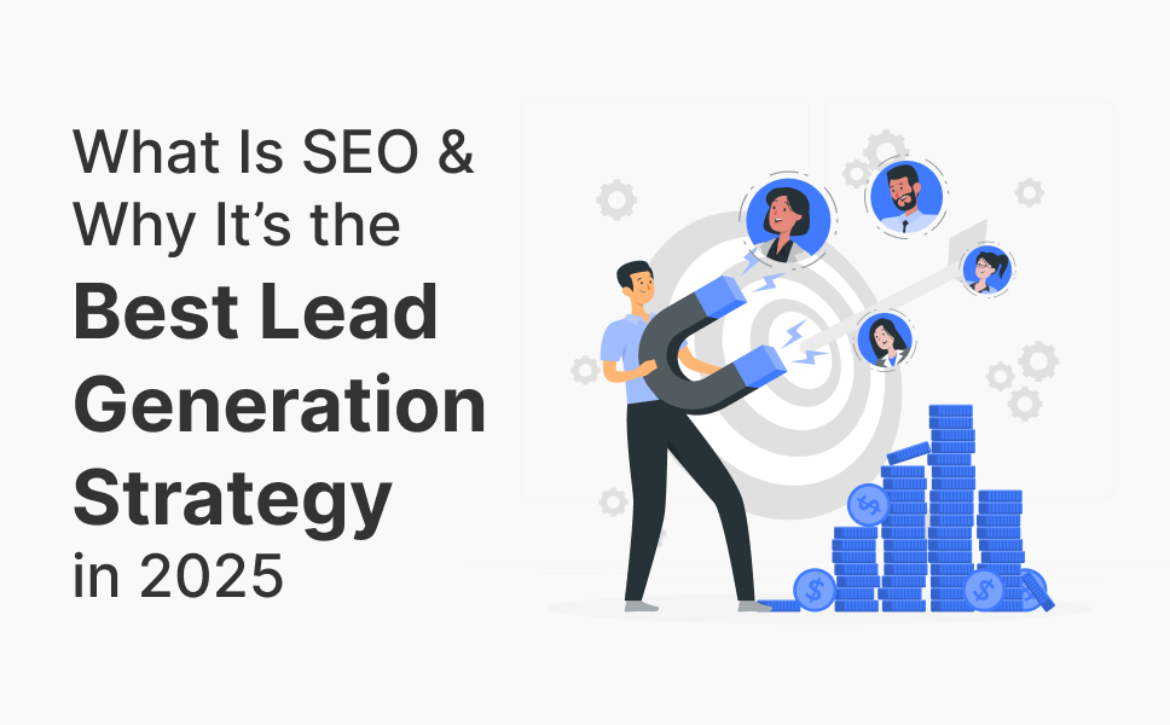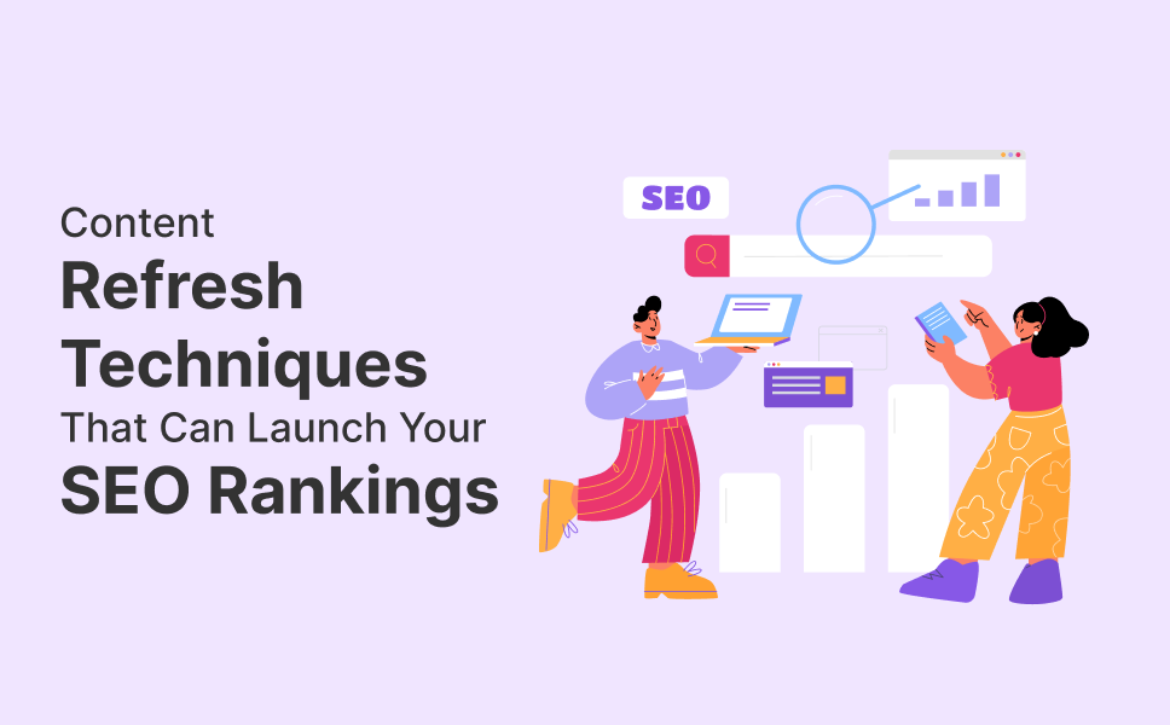Content Marketing Trends That Define 2025
Table of Contents
- Introduction
- Why Content Marketing Trends in 2025 Are Evolving Rapidly
- Rise of AI-Driven Content Creation and Strategy
- Importance of Personalised Content Marketing Trends Experiences
- The Role of Voice Search and Conversational SEO
- Short Form Videos and Interactive Content Growth
- Content Marketing Trends Across Omnichannel Platforms
- Data Driven Storytelling and Predictive Analytics
- Ethical Marketing and Transparency in Digital Content
- Kantha Digital Approach to 2025 Content Marketing
- Conclusion
- FAQs
1. Introduction
The world of Content Marketing Trends is changing at lightning speed. With technology, consumer behaviour and search engine algorithms evolving, businesses must adapt to stay relevant. In 2025, content marketing is no longer about publishing blogs alone; it is about creating personalised, interactive and data-driven experiences.
At Kantha Digital, we help businesses craft content strategies that are future-ready and SEO optimised. Explore more insights at Kantha Digital Content Marketing
2. Why Content Marketing Trends in 2025 Are Evolving Rapidly
Several forces are shaping the future of content marketing:
- Growing influence of artificial intelligence
- Increasing demand for authentic and personalised content
- Dominance of short form and interactive media
- Stricter focus on data, analytics and ROI
Understanding these forces is essential for building campaigns that connect with audiences and boost organic growth.
3. Rise of AI-Driven Content Creation and Strategy
Artificial intelligence is no longer a buzzword; it is a reality in Content Marketing Trends. From AI-powered content generation to predictive analytics, brands are leveraging technology for efficiency and impact.
Benefits of AI in content strategy:
- Faster keyword research and topic clustering
- Automated content optimisation for SEO
- AI-generated personalisation at scale
- Better insights into audience behaviour
Still, AI must be balanced with human creativity to keep content authentic and relatable.
4. Importance of Personalised Content Marketing Trends Experiences
Generic marketing no longer works. Consumers in 2025 expect personalised experiences that speak directly to their needs and preferences.
Effective personalisation includes:
- Dynamic website content tailored to user profiles
- Personalised email campaigns with behaviour triggers
- Content recommendations based on browsing history
- AI chatbots offering tailored assistance
This personalisation builds loyalty, increases conversions and strengthens brand relationships.
5. The Role of Voice Search and Conversational SEO
With smart devices and virtual assistants dominating households, voice search optimisation is crucial in 2025. Users prefer natural language queries, and brands must adapt their SEO strategies.
Key practices for voice and conversational SEO:
- Use of long tail, question-based keywords
- Incorporating FAQs in blogs for voice readiness
- Structuring content for featured snippets
- Optimising for local search queries
At Kantha Digital, we integrate voice SEO into strategies for maximum content reach.
6. Short Form Videos and Interactive Content Growth
The rise of platforms like TikTok, Instagram Reels and YouTube Shorts has proven that short-form content rules engagement. By 2025, interactive elements such as polls, quizzes and live streams are equally critical.
Advantages of video and interactive content:
- Higher engagement and shareability
- Better storytelling opportunities
- Increased brand recall and trust
- Stronger emotional connection with audiences
Every brand should integrate video-first content marketing into its strategy for 2025.
7. Content Marketing Trends Across Omnichannel Platforms
Content creation alone is not enough; distribution defines success. Audiences consume information across multiple touchpoints, making omnichannel strategies essential.
Effective distribution channels:
- Blogs and SEO optimized websites
- Social media platforms with tailored messaging
- Email marketing sequences for nurturing
- Podcasts, webinars and online communities
An integrated approach ensures content reaches the right people at the right time.
8. Data Driven Storytelling and Predictive Analytics
Content in 2025 is not only creative, it is data-informed. Brands that combine analytics with storytelling create a stronger impact.
How data enhances content marketing:
- Predicts trending topics and future needs
- Helps measure ROI and conversion paths
- Identifies audience segments with precision
- Improves campaign personalisation
Data plus storytelling ensures campaigns are both insightful and engaging.
9. Ethical Marketing and Transparency in Digital Content
Consumers today care about values, not just products. Transparency, authenticity and ethical marketing are becoming decisive factors in 2025.
Trends in ethical content:
- Honest brand messaging without manipulation
- Transparency in AI usage for content generation
- Prioritising data privacy and security
- Highlighting sustainability and social responsibility
Brands that maintain integrity gain stronger trust and loyalty from customers.
10. Kantha Digital Approach to 2025 Content Marketing
At Kantha Digital, we believe content marketing is about blending creativity, strategy and technology. Our approach to 2025 content marketing includes:
- AI-powered research and optimisation
- Human-centred storytelling with authenticity
- SEO strategies tailored for voice and conversational queries
- Short-form video and interactive campaigns
- Omnichannel distribution with measurable ROI
Discover how we help brands lead the future of digital growth at Kantha Digital Content Marketing
11. Conclusion
The future of content marketing in 2025 revolves around AI, personalisation, voice search, short videos, omnichannel strategies and ethical practices. Brands that adapt to these trends will enjoy better visibility, engagement and trust.
At Kantha Digital, we specialise in creating content strategies that define the future of digital success. Learn more at Kantha Digital Content Marketing
12. FAQs
Q1: What is the biggest content marketing trend in 2025?
A1. The rise of AI-driven strategies combined with personalisation and short-form video content.
Q2: How important is voice search optimisation?
A2. Extremely important, as voice queries dominate mobile and smart device searches.
Q3: Can small businesses adopt these trends?
A3. Yes, even small businesses can use AI tools, short videos and SEO to compete effectively.
Q4: How do I measure the success of content marketing in 2025?
A4. By tracking engagement, traffic, conversions and ROI using analytics tools.



